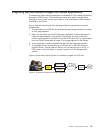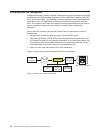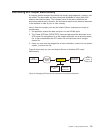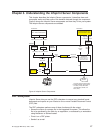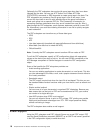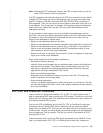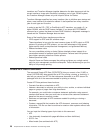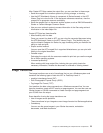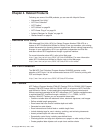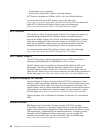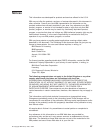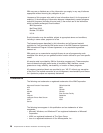
After Create AFP Data creates the output files, you can use them in these ways:
v Send the merged file to another system for printing, storage, or viewing.
v Use the AFP Workbench Viewer (a component of iSeries Access) or the AFP
Viewer Plug-in to view the file. If the document references resources, view the
merged file to guarantee resource availability.
v Store the merged file in a document archival system, such as IBM OnDemand for
iSeries or Content Manager Common Server.
v Use your own retrieval system to access information in the files using retrieval
information in the index object file.
Create AFP Data has these benefits:
v More flexibility with line data
Once you convert line data to AFP, you can view the converted document using
the AFP Workbench Viewer or the AFP Viewer Plug-in. This flexibility lets you
use the Infoprint Designer for iSeries for page formatting while you maintain the
ability to view and print.
v Simple archival method
You can save the AFP merged file in organized directories so you can print with
fidelity to the original document.
v Portable output
Packaging the output with the resources needed to print lets you use the merged
file on other operating systems.
v Increased productivity
When working with large output files, indexing lets you quickly locate the
necessary information, whether the document is archived or is being viewed.
Image Transforms
The image transforms are a set of transforms that run on a Windows system and
transform the following types of data into AFP or PostScript Level 2:
v graphics interchange format (GIF)
v Joint Photographic Experts Group (JPEG)
v Tag Image File Format (TIFF)
You transform the data using commands on a Windows command line. You can
have the transform create an AFP overlay or page segment. You can then use use
iSeries Access or OS/400 commands to create overlays and page segments on
your OS/400 from the output.
Some benefits of using the image transforms are:
v Use of images across platforms
These transforms let you integrate current image formats into iSeries applications
v Consistency
You can use the same images in your iSeries documents, workstation
documents, and Web documents.
Chapter 3. Understanding the Infoprint Server Components 21
|
|
|



